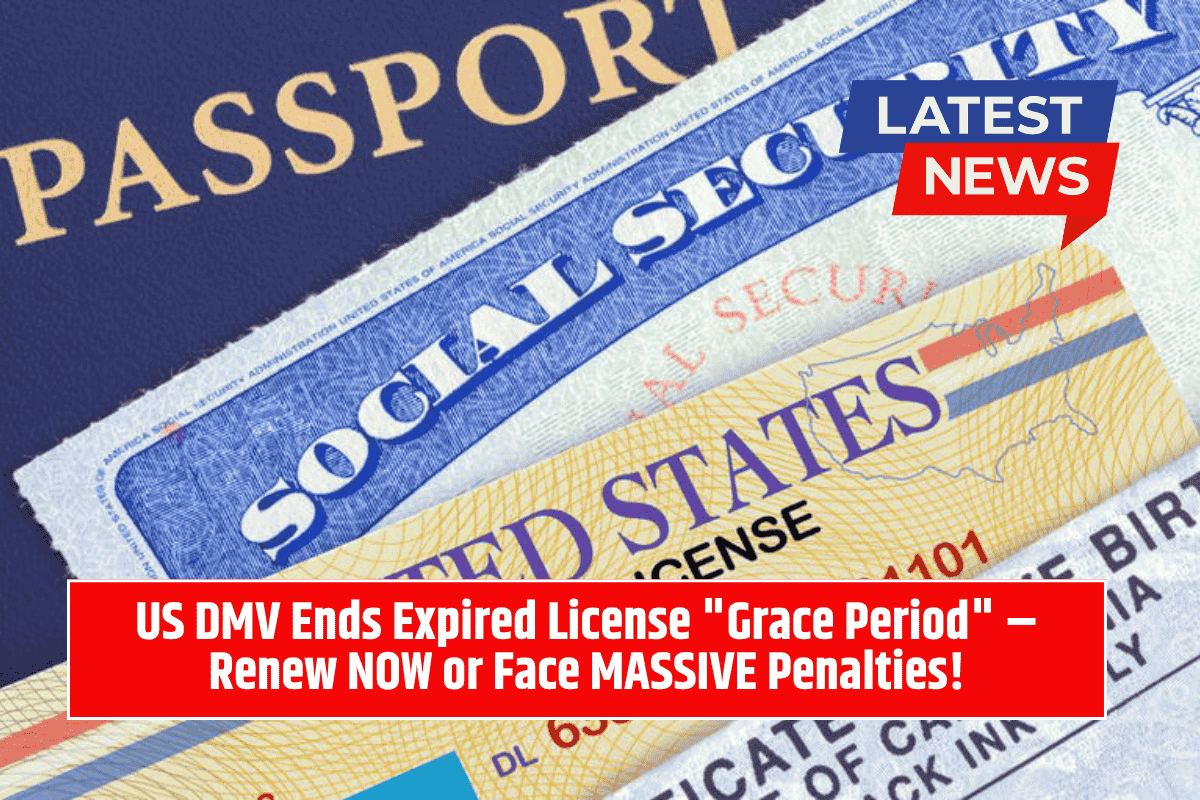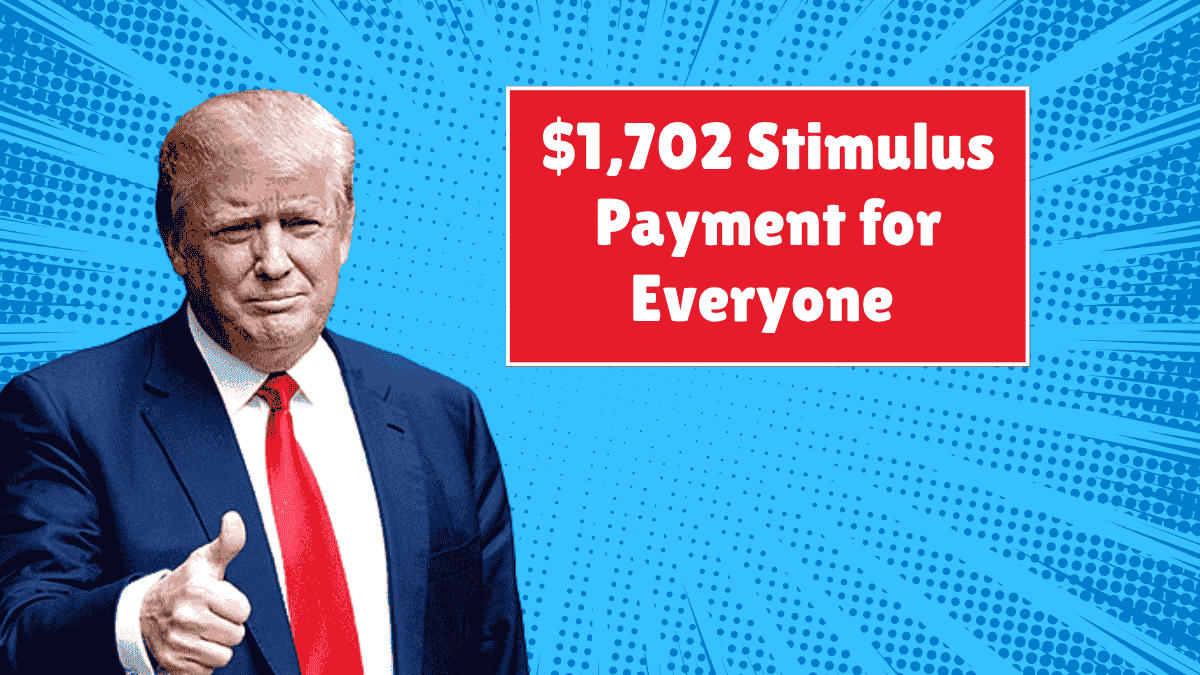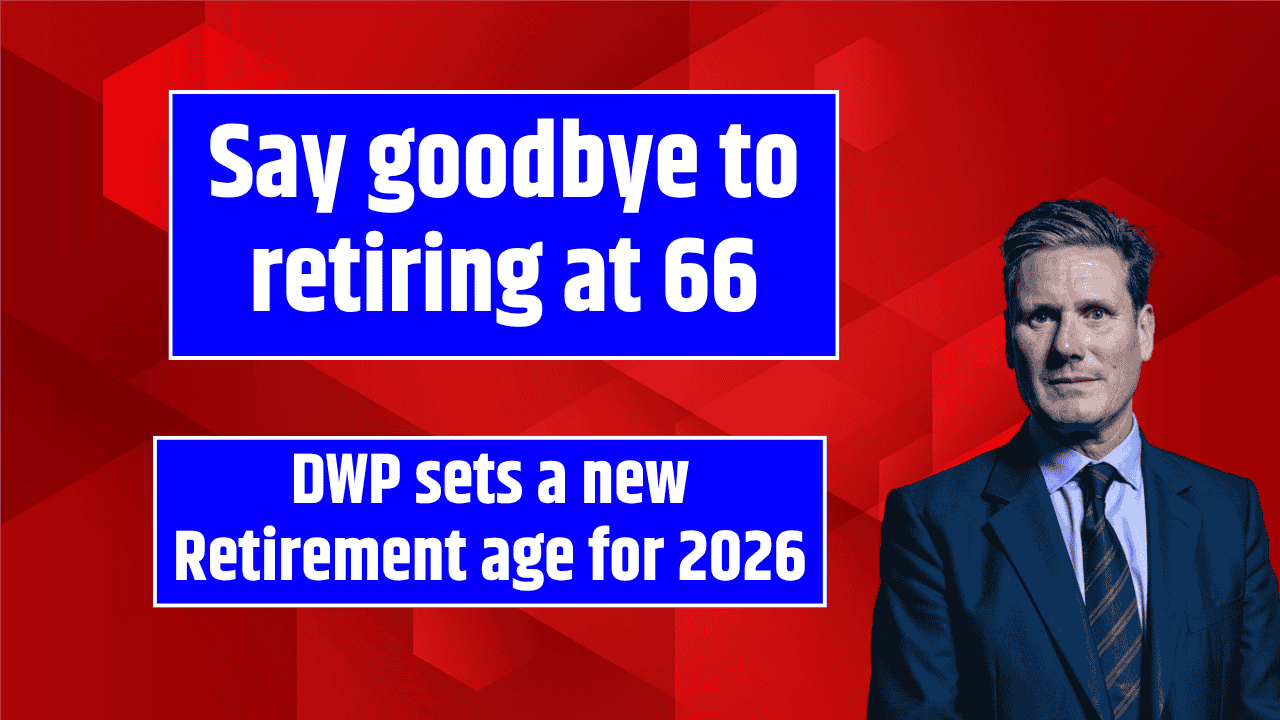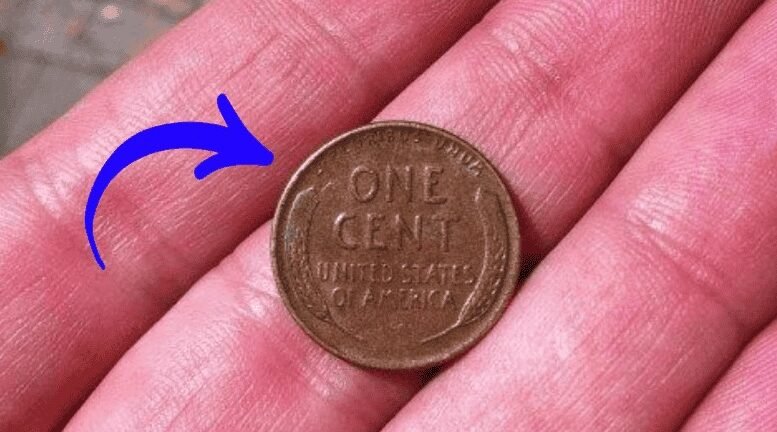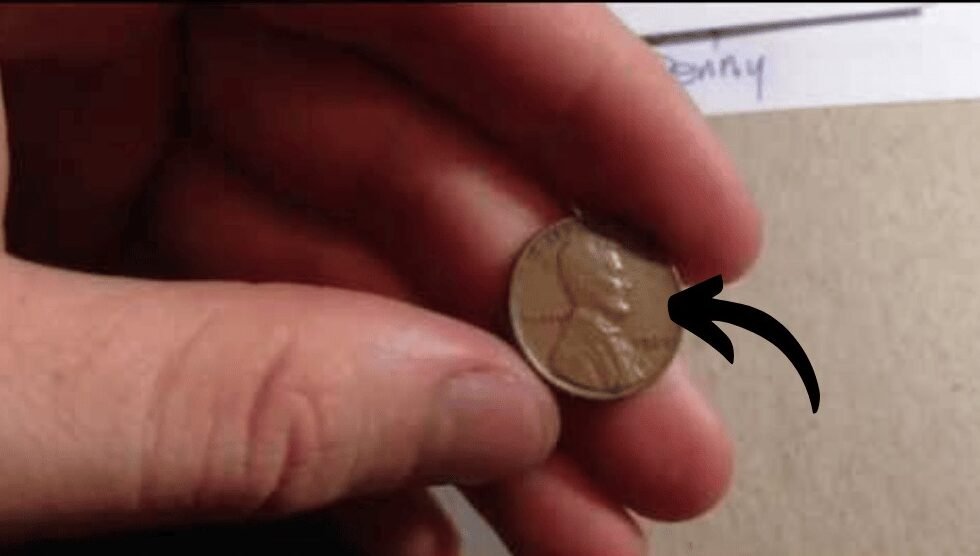Student loan debt is one of the most common financial challenges in the U.S., and for many, it continues to affect their credit for years. But there is good news: federal law allows you to dispute any inaccurate entries on your credit report.
If done correctly, you could remove these negative marks and start improving your credit score. This guide will help you understand how to clean up your credit in 2025, whether it’s an error in your student loan repayment status or a loan that doesn’t belong to you.
The Impact of Errors on Your Credit Report
Errors on your credit report can cause significant damage to your credit score. Payment history is the most important factor in your FICO score, making up 35% of the total score.
If a student loan account is misreported or inaccurately reported, it could lower your score by over 100 points, making it harder to get approved for new credit or loans.
In fact, nearly one in five Americans has at least one error on their credit report that could affect lending decisions. If you have student loans, it’s especially important to regularly check your credit reports to ensure everything is accurate, particularly if your loans are in repayment, deferment, or collections.
Step-by-Step Guide to Disputing Errors
1. Obtain Your Credit Reports
Start by getting your credit reports from the three major credit bureaus: Experian, TransUnion, and Equifax. You can get these reports for free every week through AnnualCreditReport.com. Once you have your reports, carefully review each student loan account.
2. Check for Errors
Look closely at the loan balances, payment history, servicer names, and status indicators. If you have federal loans, you can cross-check this information with the National Student Loan Data System (NSLDS), which keeps records of all federal student aid.
3. Identify and Verify Discrepancies
If you find any discrepancies—whether it’s a late payment that wasn’t yours, a loan that shouldn’t be on your report, or a misreported balance—your next step is to file a dispute.
4. File a Dispute
The Fair Credit Reporting Act (FCRA) gives you the right to challenge inaccurate or unverifiable information on your credit report. The credit bureaus must investigate any dispute within 30 days of receiving your request.
When filing a dispute, you’ll need to explain what’s wrong, why it’s wrong, and back up your claim with supporting documents. These documents might include:
- Payment confirmations
- Account statements
- Correspondence with your loan servicer
- Screenshots of your loan data from the NSLDS (for federal loans)
You can submit the dispute online through the credit bureau’s website or mail it via certified mail to ensure it’s received.
5. Wait for Results
Once the credit bureau investigates your dispute, they will send you the results along with an updated credit report if any changes were made. If the dispute is successful, any erroneous information will be corrected or removed.
6. What If Your Dispute Is Denied?
If the dispute is denied, you still have options. You can:
- Add a brief consumer statement explaining your side.
- Refile the dispute with additional documentation.
- Escalate the matter to federal agencies for further investigation.
What If the Error Is With Your Loan Servicer?
Sometimes, the error originates from your loan servicer, not the credit bureau. If this is the case, you should contact the loan servicer directly in writing. Explain the issue clearly and provide supporting evidence.
If you still can’t resolve the problem with your servicer, you can reach out to the Federal Student Aid (FSA) Ombudsman Group.
This group helps resolve disputes that haven’t been successfully settled through other channels, such as your servicer or the credit bureaus.
Disputing errors on your credit report can help repair the damage caused by inaccurate student loan information. By following the steps outlined above, you can take control of your credit and work toward a better financial future.
Remember, the process can take time, but with patience and persistence, you can improve your credit score and avoid the long-term impact of student loan errors on your report.
FAQs
What is the process to dispute student loan errors on my credit report?
To dispute student loan errors, you need to obtain your credit reports, review them for inaccuracies, and file a dispute with the credit bureaus. You can submit supporting documents like payment confirmations and loan statements. The credit bureaus are required to investigate your dispute within 30 days.
What documents do I need when disputing student loan errors?
When disputing student loan errors, you should provide documentation like payment confirmations, account statements, correspondence with your loan servicer, and screenshots from the National Student Loan Data System (NSLDS) for federal loans.
How long does it take to resolve a student loan dispute?
It typically takes 30 days for credit bureaus to investigate your dispute. If the dispute is successful, the credit bureau will update your credit report accordingly. You’ll be notified of the results and any changes made to your report.
Can a student loan error come from my loan servicer?
Yes, errors can originate from your loan servicer, such as incorrect reporting of payment history or loan status. If this happens, contact your servicer directly with a written complaint and evidence to resolve the issue.
What should I do if my dispute is denied?
If your dispute is denied, you can add a consumer statement to your credit report explaining your side. You can also refile the dispute with additional evidence or escalate the issue through federal agencies like the Federal Student Aid Ombudsman Group.


